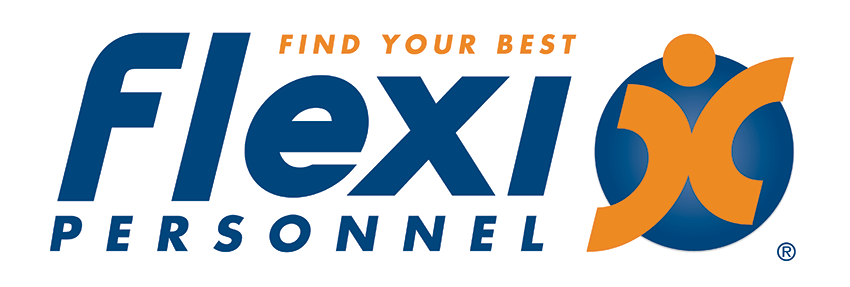
How to provide your employees with a safe workplace
The news this week communicated the devastating death of an 18 year old apprentice who died after scaffolding collapsed at a Sydney worksite. This is the fifth workplace death on an Australian construction site this year. While formal enquiries continue, it’s important to understand how such a tragedy can be prevented. So how do you ensure a safe workplace for your employees?
A safe workplace helps:
• retain staff
• maximise productivity
• minimise employee injury and illnesses
• minimise sick leave and absenteeism
• reduce the costs of injury and workers’ compensation
• meet legal responsibilities and employee obligations
A great place to start is to understand the framework for Workplace Health and Safety in Australia.
Everyone in the workplace needs to understand the need for health and safety, what their role is in making the workplace safer, and how they can fulfil their responsibilities and duties. The Occupational Health and Safety Act 1985 and associated regulations set out a legal framework for workplace health and safety. Specific sections of the Act apply to the development of policies and procedures.
Understand your legal obligations
Under Australian WHS/OH&S legislation businesses are legally obliged to:
• provide safe work premises
• assess risks and implement appropriate measures for controlling them
• ensure safe use and handling of goods and substances
• provide and maintain safe machinery and materials
• assess workplace layout and provide safe systems of work
• provide a suitable working environment and facilities
• have insurance and workers’ compensation insurance for your employees.
The Safe Work Australia website outlines ‘5 Steps to a Safe and Healthy Workplace’ which includes ‘Design Safe, Source Safe, Use Safe, Keep Safe and Repeat’. Essentially work and workplaces need to be designed to be healthier and safe. Safe Work Australia’s Good Work Design Handbook provides guidance on how to do this.
Start from the beginning
From the time employees start work at your business, it’s important to structure an induction program that reflects the role of the position that you have recruited for. This means that different roles might have slightly different induction programs. The consistent basis of the induction program needs to cover the necessary aspects of your employee joining your business. This should include the following areas:
• Organisational Chart & overview of the different roles
• Company Information
• HR Policies
• Workplace Health & Safety
• Standards of Behaviour
• Expectations at key points i.e. by end of the first week, first month etc.
Ensure that employees are aware of Occupational Health & Safety Policies
Part of your induction program should involve briefing new employees about Occupational Health & Safety polices. OH&S Briefings might take place in a face to face forum, but employees should also be given a hard copy pack with the policies included. You might consider checking that employees can adequately comprehend the information through an online test, for example.
Reward employees who follow Occupational Health & Safety Policies
A great idea is to ensure that Occupational Health & Safety is a topic that is discussed regularly as part of the company dialogue. Any employees that raise issues of concern or show how they have followed OC&S policies can be rewarded.
If you would like further information on how to develop workplace HR policies for your business, speak to the HR Consulting team at Flexi Personnel.





